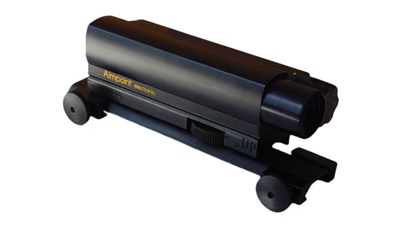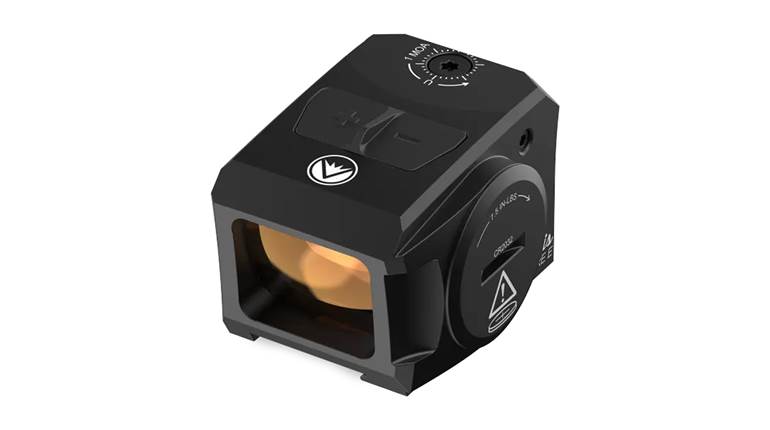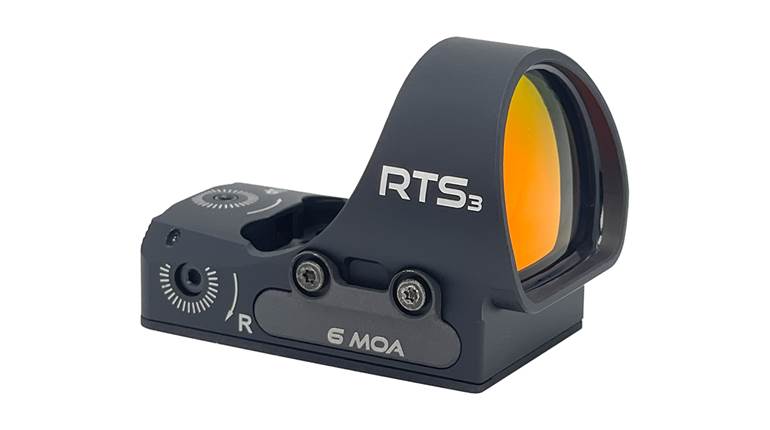
It may be hard to believe for younger shooters, but the initial reaction to Aimpoint’s innovation was lukewarm. The Aimpoint Electronic—launched in 1975 and offered until 1979—was the world’s first red-dot sight. With adjustable dot-brightness and windage and elevation settings, it was a radical concept back then. The pair of PX1 mercury batteries that supplied a total of 2.7 volts for power was the source of most criticism. You can clean the dust and rust off iron sights, but there’s no way to bring a battery back from the grave. 
The naysayers, however, didn’t understand the modest power consumption required to print that red dot, or the robust internal circuitry. As word spread, it wasn’t long until hunters embraced the technology, as well as a few forward-thinking competitive shooters.
Today more than two million Aimpoints are in use by law enforcement and military—who understand the ability to keep both eyes open while accurately aiming is a decided tactical advantage—as well as hunters and competitive shooters. Add Aimpoint’s Advanced Circuit Efficiency Technology, which provides the sights with battery life measured in years, and it’s little wonder the U.S. Army awarded the company its first military contract in 1997. Since that time, the company has delivered more than one million sights to the U.S. Military.
“Forty years ago, a small group of Swedish entrepreneurs developed a sighting technology for use by European hunters,” said Lennart Ljungfelt, president of Aimpoint AB. “They had no idea that the company which formed from these humble beginnings would ultimately become the worldwide standard in reflex-sighting technology.”





































